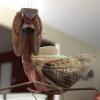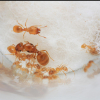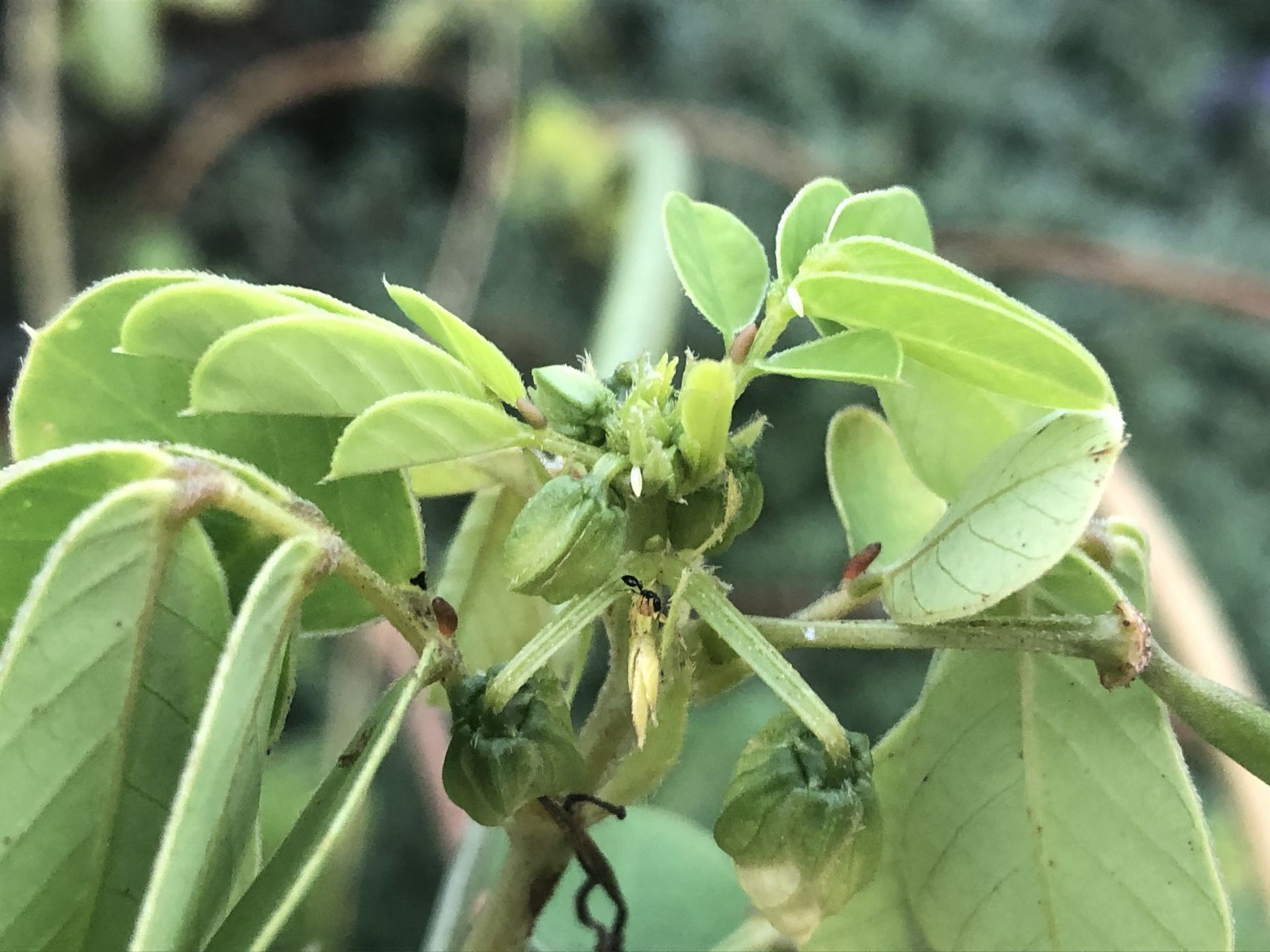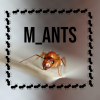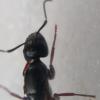There are no byFormica feeders nor Sunburst out in nature, so how do ants get their carbohydrates out in the wild? We all know about aphid tending, but many native plants provide sugary exudates directly to our favorite six-legged friends. Here are a couple of examples:
Crematogaster nectaring on trumpet creeper (Campsis radicans):
Camponotus and Monomorium gathering exudates on Jerusalem artichoke (Helianthus tuberosus) stems. I sometimes regret planting this thuggish plant, but I like it more now after observing this.
Crematogaster feeding on partridge pea (Chaemachrista fasiculata) nectaries:
The bad news is that I'm back to the drawing board with my front bed because it had to be dug up again after some Biblical flood events trashed our basement yet again. Oh well, at least I didn't plant any perennials yet.
Edited by ANTdrew, July 27 2020 - 1:27 PM.




